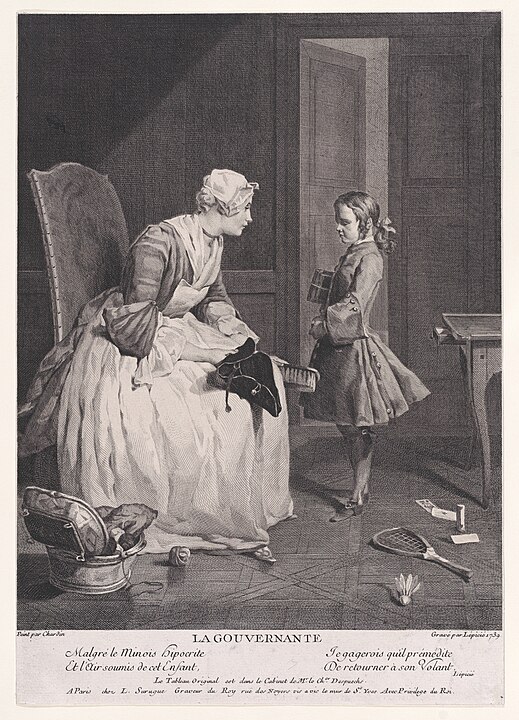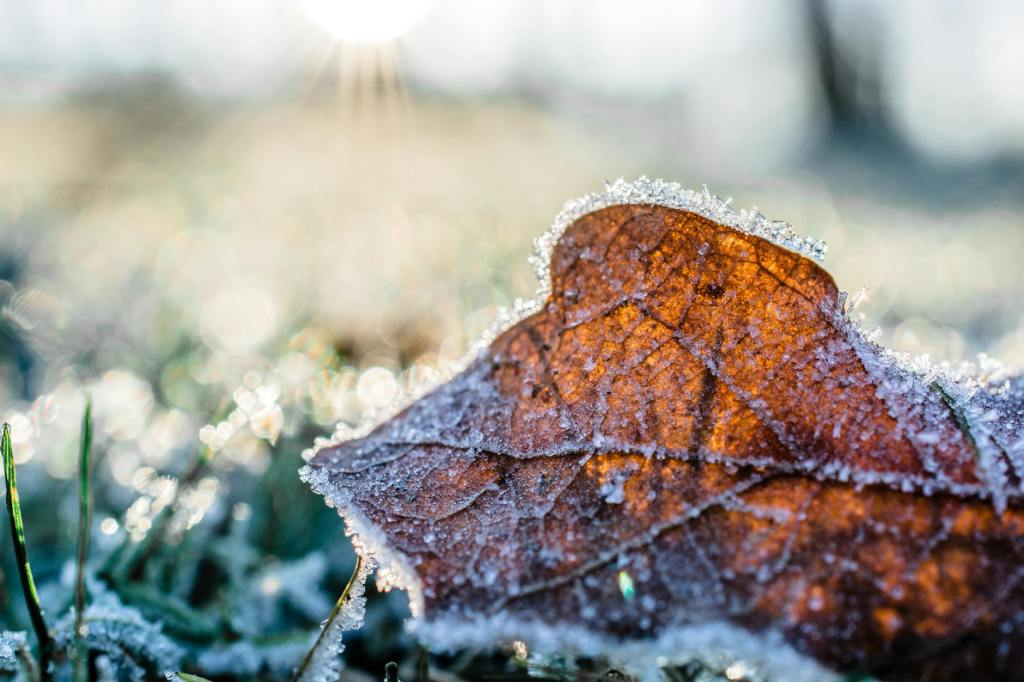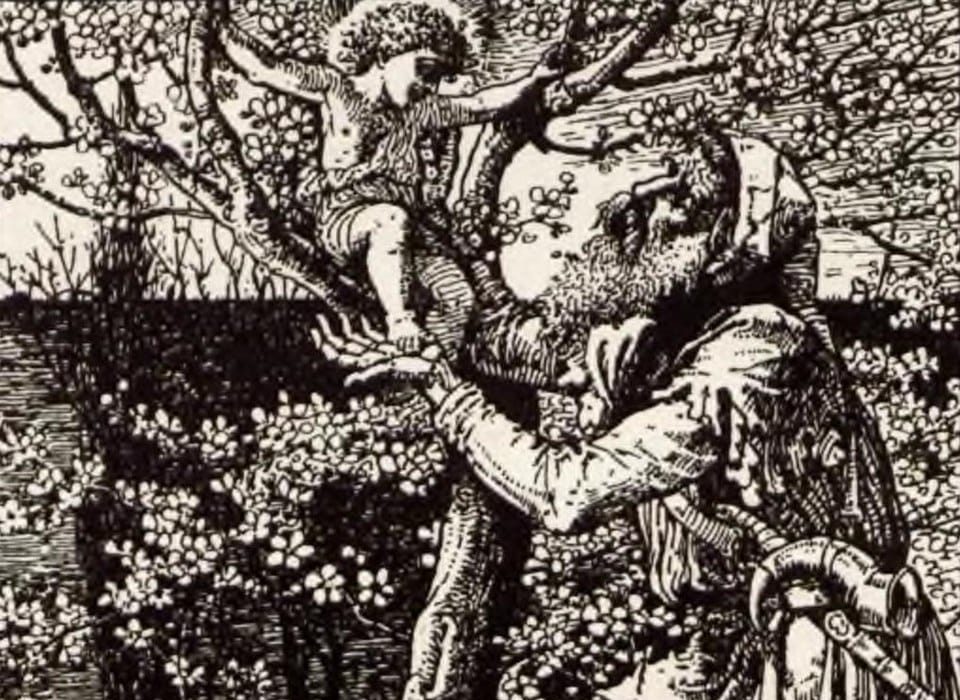Some jobs go without love, and some jobs are forgotten. While the profession of “governess” is not as predominant in modern culture, it was once a large part of European society. Governesses in literature also used to be a big deal. Today on the blog, we are going to examine the word governess, as it can be a curious word for westerner readers these days.
In this post, we are going to define the term governess, look at the term’s historical context, and then check out some notable literary examples.
Definition
Sources state that a “governess” is a “woman employed to educate and train the children of a private household” (Merriam-Webster). Additionally, a governess is a “a woman (especially in the past) who lives with a family and teaches their children at home” (Cambridge).
Historical Context
The governess role was a popular profess for a time in Britain, with an 1851 census stating that some 25,000 women worked in this way. With “economic distress” pounding the turn of the century, caused a widespread need for labor in workshops and factories (or wherever one could make a buck), which didn’t always appeal to aristocratic and well-educated women (or their families). Thus, the role of governess became a possibility (Harris).
Additionally, governesses were employed by both the wealthy elites in Europe and the wealthy upper-middle class. They taught reading, writing, and arithmetic, “while coaching the older girls in French conversation, history and ‘Use of Globes’ or Geography” (Harris).
As stated by some reporters and sources, a governess’s job is a demanding one in which they are 24-hours a day away from their own home and families, caring for somebody else’s.
“For a Governess it’s sometimes about battling homesickness and exceptionally hot weather, isolation, kids, classrooms and living in an unfamiliar environment 24 hours a day with people you don’t know,” states the Australian Broadcasting Company.
Governesses in Literature
Unnamed Narrator from The Turn of the Screw
The governess in this story looks after the children, Flora and Miles, of Bly Manor. Her story is a strange one, laced with ghosts and specters. She also deals with a rather traumatic climax.
Jane Eyre from Jane Eyre
The governess Jane Eyre is a strong-willed woman who deals with a great many traumatic events at Thornfield Hall. These events include finding a dastardly secret in the attic.
Miss Scott from The Governess
The governess here acts as a teacher and somewhat of a scribe. The book relates stories of other children in the novel. It also tries to teach important messages.
Miss Pinkerton from Pamela
Miss Pinkerton is a strict governess. In the novel, she runs the school in which the titular Pamela attends.
Conclusion
The governess in the novel seeks to help Miles and Flora with their education. Though, she has taken it upon herself in chapters 6-10 to be their protector and caregiver, making sure they are safe from spectral harm.
Works Cited
Hughes, Kathryn. “The Figure of the Governess.” British Library. Web. https://www.britishlibrary.cn/en/articles/the-figure-of-the-governess/
Harris, Julia. “A career as a Governess? What skills do you need?” Australian Broadcasting Company. Oct. 15, 2004. Web.





Leave a comment